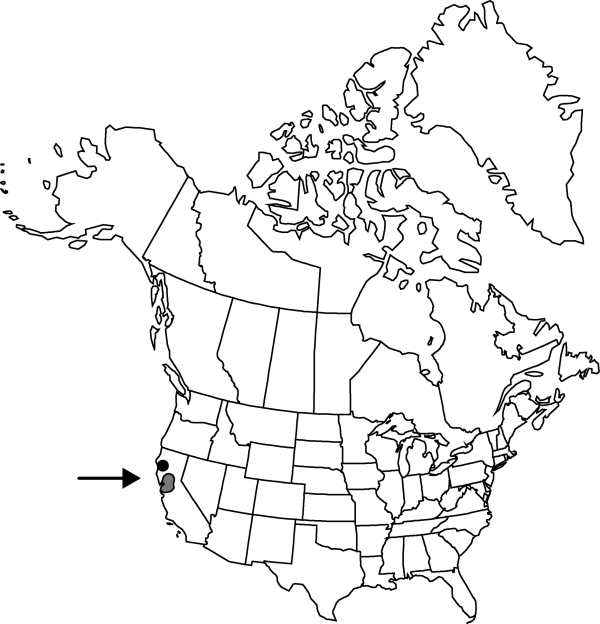Atriplex fruticulosa
Pittonia 2: 306. 1892.
Herbs, perennial, decumbent-spreading to erect, fruticose at base, 0.5–3(–5) dm. Stems simple or much branched, scurfy, finally glabrate. Leaves numerous, proximal ones mostly short petiolate, distal ones sessile; blade narrowly lanceolate to elliptic, 5–15(–20) × 2–4 mm, mostly acute at both ends, margin entire, densely gray scurfy. Staminate flowers in short, dense, interrupted terminal spikes. Pistillate flowers in small, axillary clusters. Fruiting bracteoles sessile or subsessile, broadly obovate to suborbicular in profile, slightly if at all compressed, 3–5 mm and almost as wide, united to middle, narrowly margined and acutely dentate beyond middle, sides tooth-crested or muricate, ± indurate. Seeds dark brown, 1.4–1.7 mm.
Phenology: Flowering summer–fall.
Habitat: Clay or alkaline soils, open site, shrublands
Elevation: 700+ m
Distribution

Calif.
Discussion
H. M. Hall and F. E. Clements (1923) indicated a close relationship between Atriplex fruticulosa and A. coulteri. Both species are described as being perennial by D. Taylor and D. H. Wilken (1993), wherein A. coulteri was inadvertently left out of the key. Perhaps the size of the fruiting bracteoles, 3–5 mm in A. fruticulosa and 2–3 mm in A. coulteri, is diagnostic. Hall and Clements pointed to differences in habit of the plant, which vary from the erect woody forms represented by the type collection (and known only from them?) to the evidently more common phase in which the leafy stems are spreading or prostrate, and herbaceous throughout except at the very base, where they are attached to a more or less woody root crown.
In some fruiting bracteoles the faces are bicristate as in the thornberi phase of Atriplex elegans, in which the teeth radiate around much of the bracteole margin, not mainly from above the middle as in the present species.
Selected References
None.